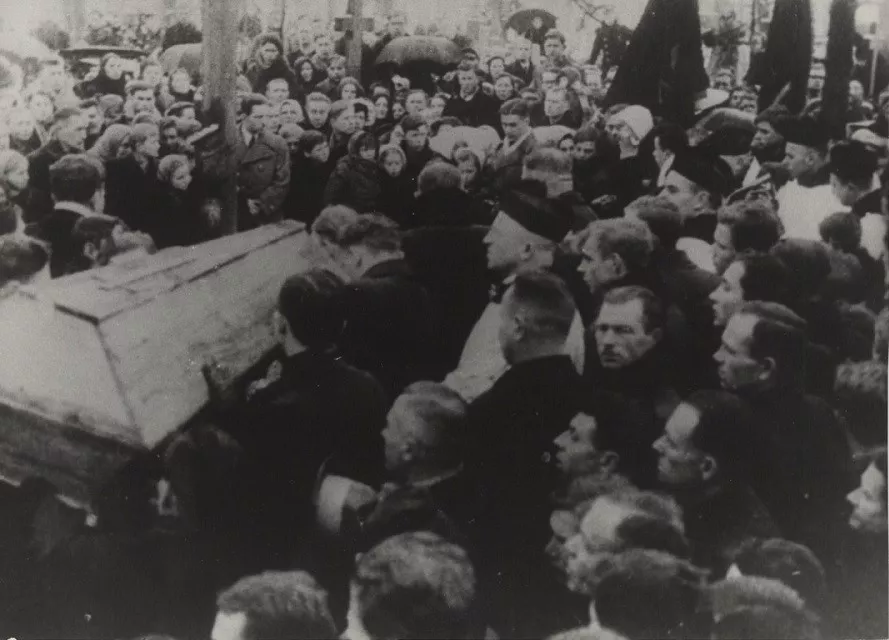At the turn of January and February 1943, two railway transports arrived in Siedlce and the Siedlce poviat with a total of around 2,000 people from the villages of Zamość, who had been displaced by the Germans since the end of November 1942. Nearly half of them were children.
As a result of the displacement action carried out by the Germans in the Zamość region (https://dignitynews.eu/pl/wysiedlenia-polskiej-ludnosci-z-zamojszczyzny/), more than 100,000 people were deported including nearly 30,000 children. At the end of January, the first rail transport from the transit camp in Zamość was dispatched to Siedlce by the Germans. The occupiers crowded a thousand people in unheated cattle wagons. The transport included 320 children younger than 10 years. The journey took place in extreme winter conditions. The group arrived in Siedlce on 31 January 1943.
The local community, underground organisations as well as a branch of the Polish Welfare Committee began preparing aid for the displaced. They secured places for the sick in the local hospital. Unfortunately, when the wagons were opened, it turned out that not everyone had survived the journey. The victims were children who froze to death during the deportation. The youngest of them, Maria Pyrz, was only 2 weeks old. A total of 23 children died.
The authorities of Siedlce, led by the mayor Stanisław Zdanowski, decided to organise a funeral ceremony. The Germans, surprisingly, did not object. Information about the funeral quickly reached Siedlce residents and the inhabitants of the surrounding villages. On 3 February, about 10,000 people gathered in front of the church of St Stanislaus, where the funeral service was being held. After the service, despite the prepared hearses, the inhabitants of Siedlce themselves carried 23 white coffins with the corpses of the children to the local cemetery on Cmentarna Street. The funeral was the largest demonstration in German-occupied Poland. Less than 2 months later, Mayor Zdanowski was arrested and deported to Auschwitz.





